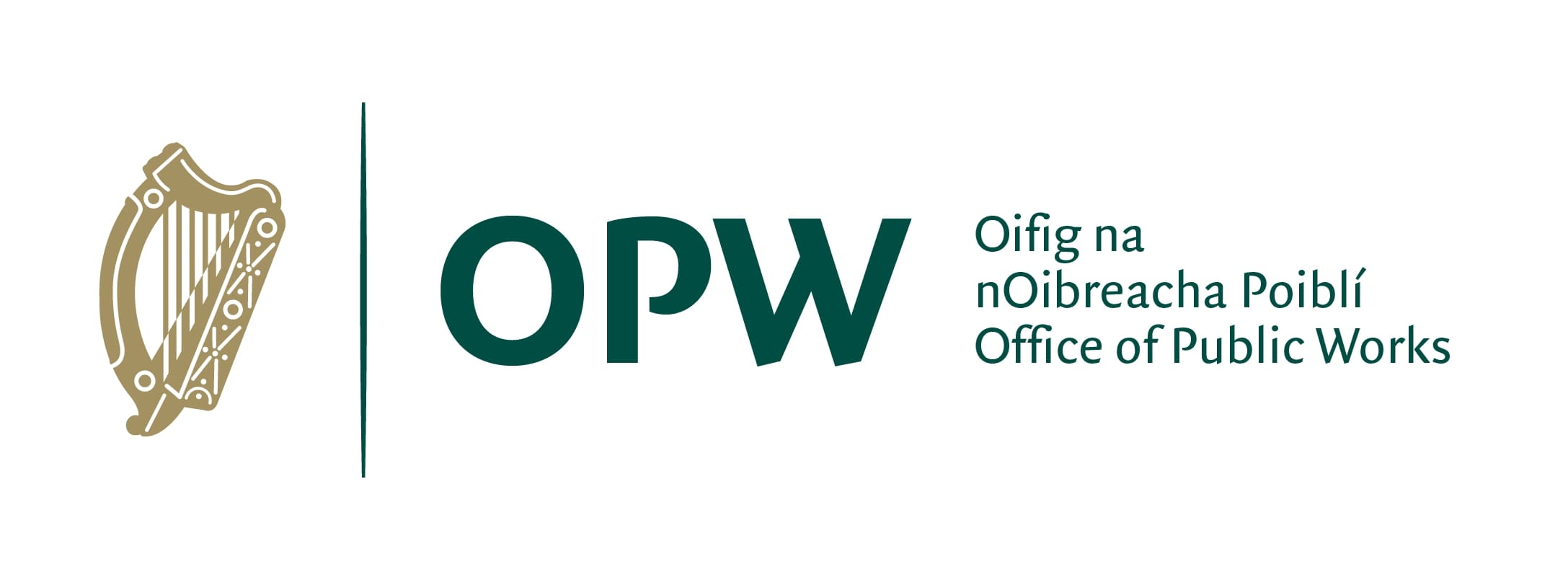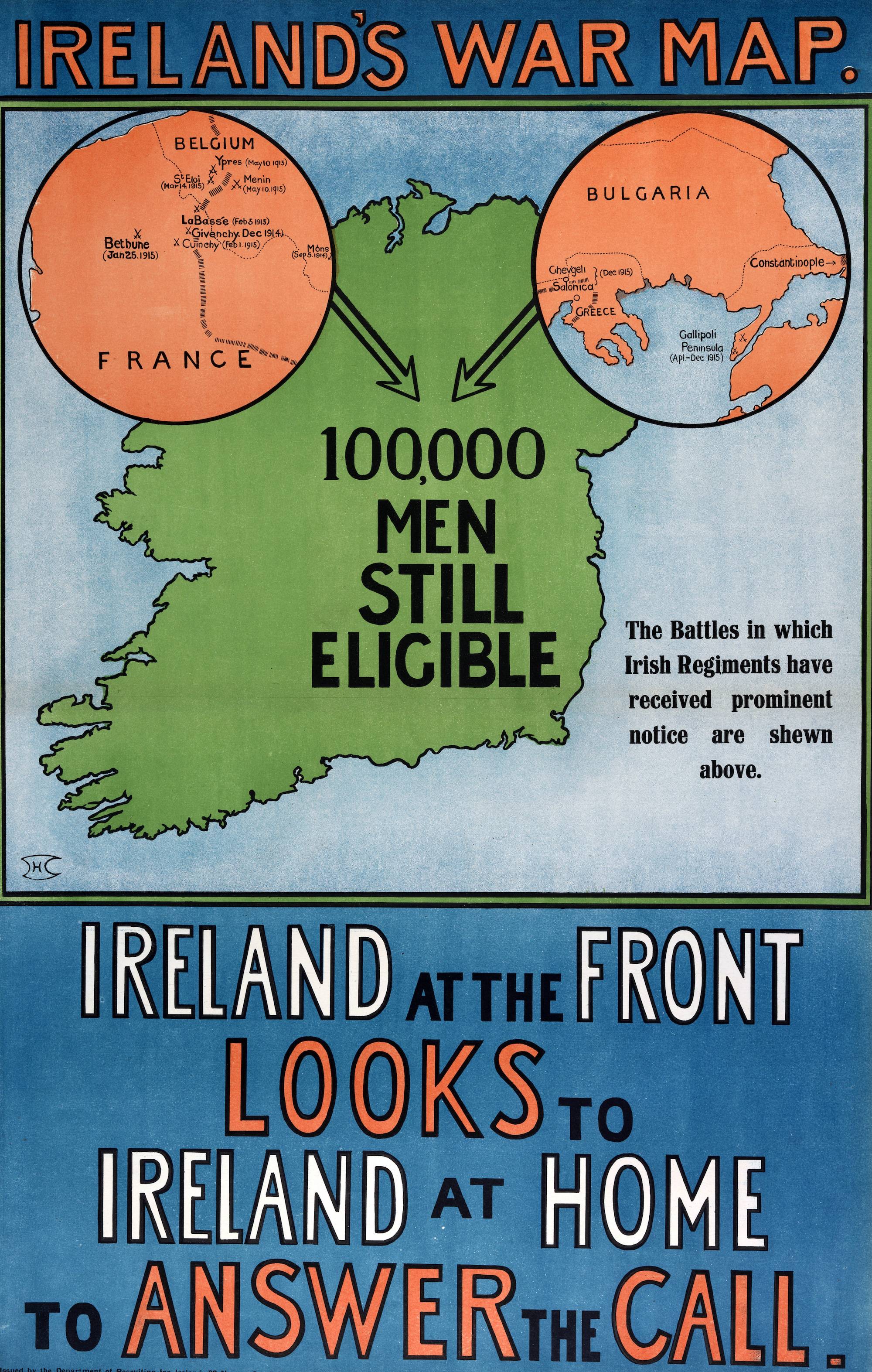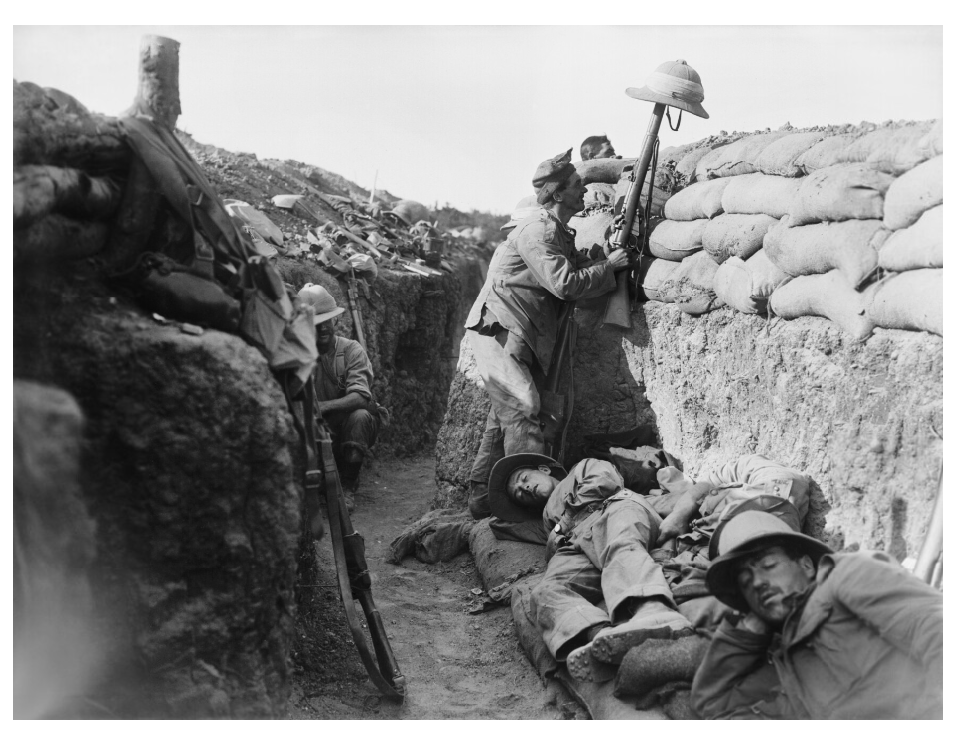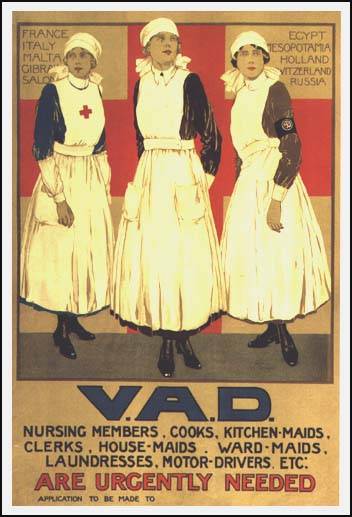The First World War
The assassination of Franz Ferdinand on the 28th of June, 1914 was swiftly followed by the declaration of war by Britain on Germany on the 4th of August that same year. The two sides were determined soon after. The Triple Entente comprised Britain, Russia, and France. The Triple Alliance represented Germany, Austria-Hungary, and Italy. It was initially thought that the war would be over relatively quickly, however it took very much longer than expected, with peace not declared until late 1918.
While other Commonwealth countries were experiencing huge losses of their young men especially, the situation in Ireland was not quite the same. Many men and women refused to join the British effort, for nationalist reasons, and treated those who did join up as traitors. At the same time, others joined up for nationalist reasons, in the hope that their dedication now would secure a Home Rule Bill faster in the post-war years. Still others joined up for reasons of religious affiliation, to defend that other small, Catholic country which was under devastating attack – Belgium. Lastly there were those of Thomas Kettle’s ilk, who saw the war effort as a European cause, and the British Army as defending Europe rather than fighting for Britain. Motivation and experiences were slightly different again in Ulster.
These complex positions were reflected in the new volunteer divisions formed to take the numbers of Irish who volunteered for Kitchener’s New Army. The 10th (Irish) Division was a mix of Catholics and Protestants, and was the first to be formed. The 16th (Irish) Division held many Nationalists, and used a shamrock as their emblem. It was this division that John Redmond (leader of the Home Rule movement) hoped would become a new National Army for Ireland once independence was secured after the war. The 36th (Ulster) Division were mainly Ulster Unionist. Historic, regular Irish regiments also took part in the war effort, and were brought in under the banner of the 16th Division. These included the Royal Munster Fusiliers, the Royal Dublin Fusiliers, the Royal Irish Regiment, the Connaught Rangers, the Prince of Wales Leinster Regiment, the Royal Inniskilling Fusiliers, the South (and North) Irish Horse and the Royal Irish Rifles, among others. In 1922, those regiments which had been based in the south of Ireland were disbanded, following the Anglo-Irish Treaty and the withdrawal of Crown forces from the country.
By the time 1916 came, losses at the Front were so enormous that conscription was introduced in the UK. Unmarried men from 18 to 41 years of age were drafted to refill the ranks. There was an attempt in 1918 to introduce this in Ireland, but it failed due to mass outcry. The Conscription Crisis, as it was called, involved a bill that was passed into law, but never acted upon, so no men were ever enlisted in a compulsory manner in Ireland. This did not stem the numbers of volunteers from Ireland, however, which rose to over 200,000 men and women before the end of the war. 2,000 Irish women volunteered as VAD’s (Voluntary Aid Detachment), usually as nurses in recovery hospitals based in the country.
Most Irish soldiers fought in France and Belgium, but many were also sent to Turkey to fight at Gallipoli, and to Greece to fight at Thessaloniki (Salonika). They were also called up in Ireland itself, during the Easter Rising of 1916, and the unrest which followed.
An armistice was declared on the 11th of November in 1918, and six months later a peace treaty (the Treaty of Versailles) signed. The date the treaty was signed was the 28th of June – five years to the day since Franz Ferdinand’s assassination. In summer 1919, those who had survived began to come home. Those who had died during the war were buried where they fell.
The list of Irish soldiers who died in the First World War is numbered at 49,435 in the Books of Remembrance (Ireland’s Memorial Records) but the real figure is more complex, as it includes those Irish who were living abroad when they signed up, and those Irish who joined the armies of countries other than the British. Those who did survive returned to a different Ireland to the one they had left. The country was also in the throes of the Irish War of Independence, which would conclude uneasily in 1922 with the Anglo-Irish Treaty and the establishment of the Free State. The regiments they had belonged to were now disbanded.



